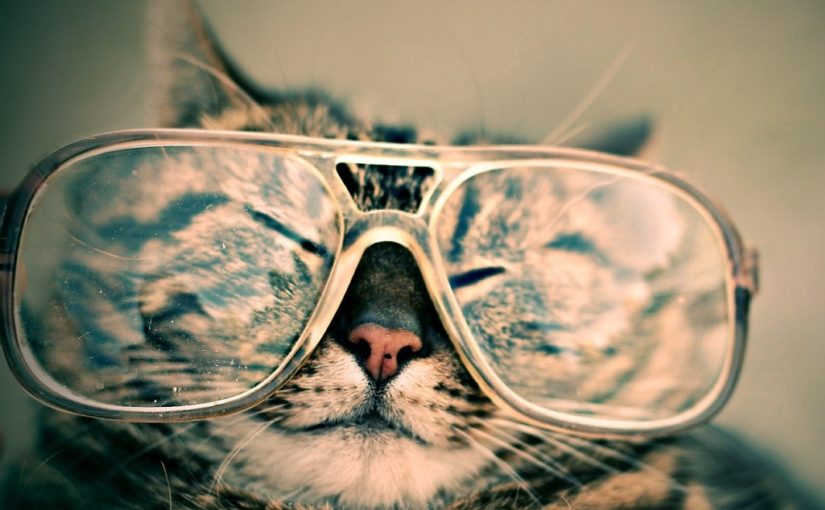People often worry about giving the wrong answer during an eye test, but there is no need. There are no wrong answers. We should think of it as a visual ‘check’, rather than a ‘test’!
The Optometrist can use objective methods like ‘retinoscopy’ to estimate the spectacle prescription. This technique doesn’t rely upon answers from the patient, as corrective lenses are used to neutralise the movements of a light reflex shone in the eye.
During the ‘subjective’ part of the sight test, the Optometrist may present two lens options that are very similar and may be difficult to tell apart. This is particularly true the closer you are to your final spectacle prescription. So if it is difficult to choose between the two lens options, that can actually be a good and useful sign!
After the subjective part of the test, the optometrist may use check-tests to confirm the most appropriate spectacle lens for you. Common check-tests are the red and green ‘duo-chrome’ or the ‘blur test’ – when you are asked to read letters through a blurring lens.
Many different elements of the eye test are used to decide upon your final glasses prescription, including your eye history and any current spectacles. If you give an answer which you are unsure of it’s always important to be honest and let your practitioner know.











